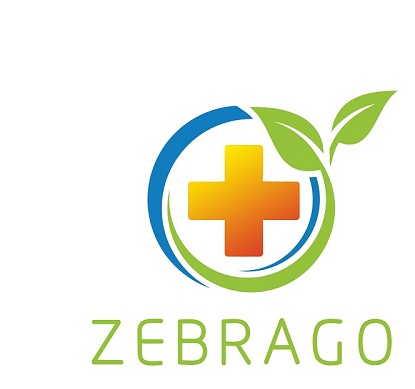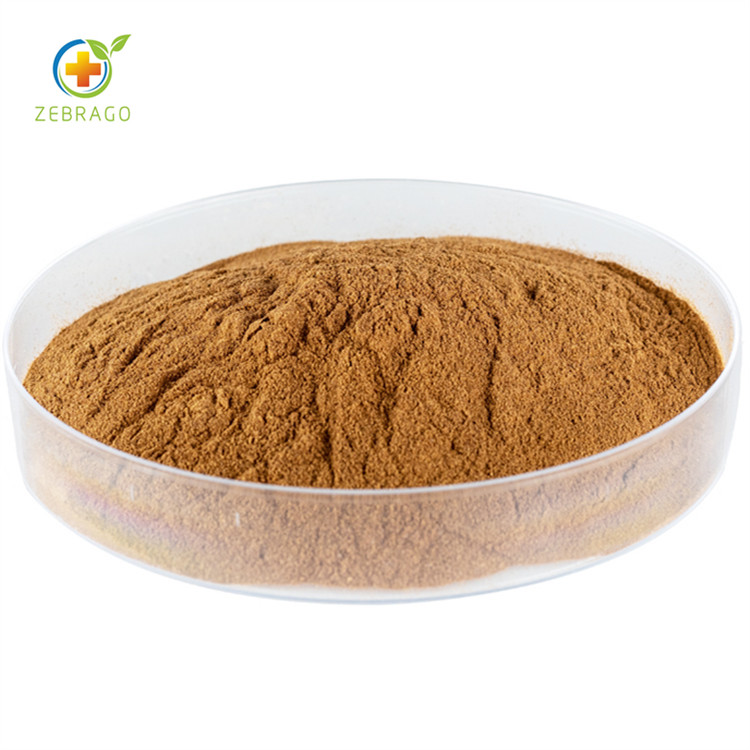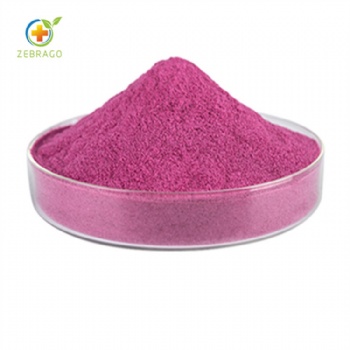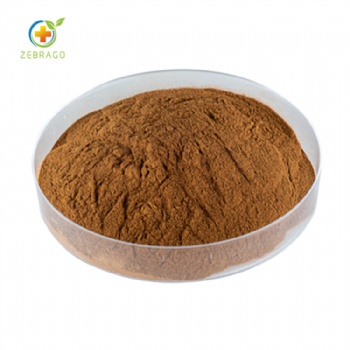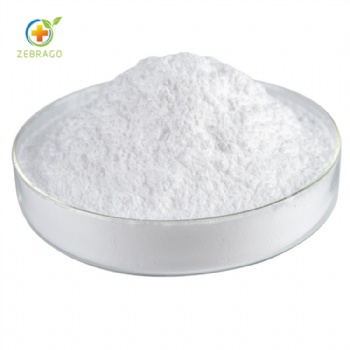|
ITEM |
SPECIFICATION |
|
Appearance: |
Fine powder |
|
Odor: |
Characteristic |
|
Taste: |
Characteristic |
|
Drying Method: |
Spary drying |
|
Partical Size: |
NLT 100% Through 80 mesh |
|
Loss on Drying: |
5.0% Max. |
|
Bulk Density: |
40~60g/100ml. |
|
Total Heavy Metals: |
10ppm Max. |
|
Arsenic: |
2ppm Max. |
|
Lead: |
2ppm Max. |
|
Total plate count: |
1,000cfu/g Max. |
|
Yeast&mold: |
100cfu/g Max. |
|
E.Coli: |
Negative |
|
Salmonella: |
Negative |
|
Staphylococcus: |
Negative |
| ITEM | SPECIFICATION |
| Product Name | Myrrh Extract Powder |
| Appearance | Brown yellow powder |
| Part Used | Resin |
| Active ingredients | Myrrholicacid |
| Main Specification | 10:1 |
| Particle size | 80 mesh |
| CAS NO. | 9000-45-7 |
| COA | Available |
| Storage Life | 2 Years |
3. Dosage:
Myrrh is an antimicrobial that is soothing to mucous membranes and is frequently used in vaginal douches. It helps fight infection by increasing white blood
cells that attack foreign microbials. It treats weak pulse, cold skin and stimulates digestion by increasing peptic gland activity.
What Can Myrrh Extract Powder Be Used For?
1. In Medicine
![]()
Myrrh can be used for indigestion, ulcers, colds, cough, asthma, , arthritis pain, cancer, leprosy, spasms, and syphilis. It is also used as a stimulant and to increase menstrual flow.
Myrrh is applied directly to the mouth for soreness and swelling, inflamed gums (gingivitis), loose teeth, canker sores, bad breath, and chapped lips. It is also used topically for hemorrhoids, bedsores, wounds, abrasions, and boils.Myrrh may be administered as a tincture or in dental powders, tea, rinses, and gargles.
2. In foods and beverages
Myrrh is used as a flavoring component.
3. In manufacturing
Myrrh is used as a fragrance, in incense, and as a fixative in cosmetics. It is also used in embalming.


